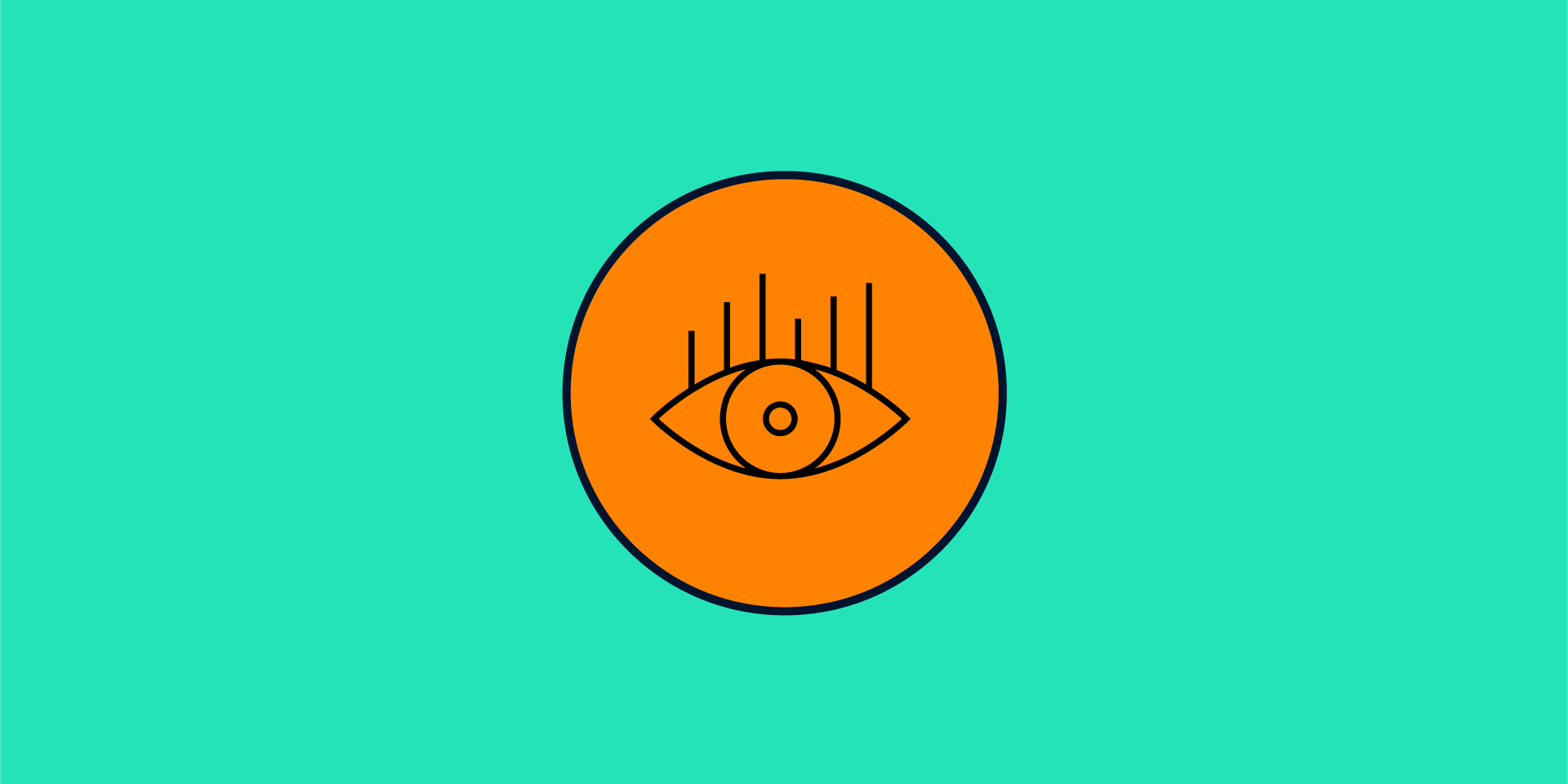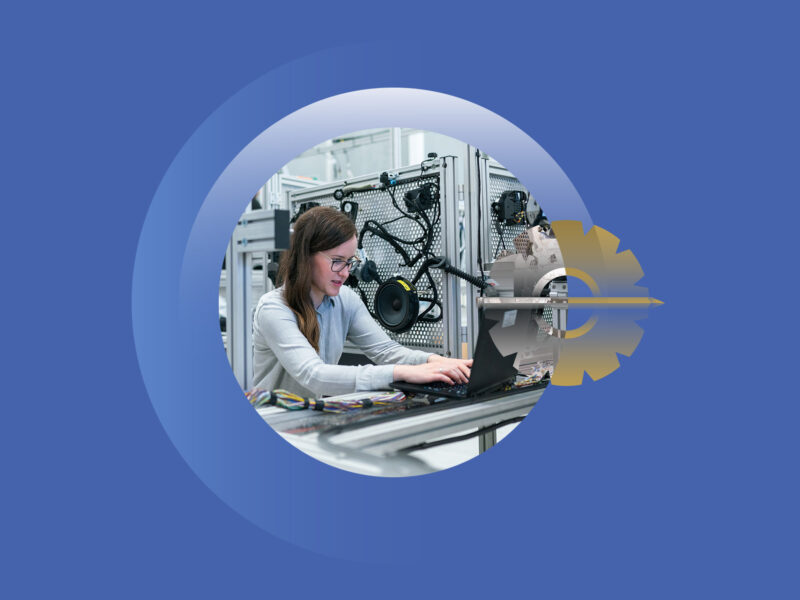Artificial intelligence (AI) has become an integral part of our lives, transforming various industries and revolutionising the way we interact with technology. One intriguing aspect of AI’s impact is the merging of the real and digital worlds. As AI continues to advance, it brings us closer to a future where the boundaries between reality and the virtual realm become increasingly blurred. This seamless integration may eventually lead future generations to struggle in distinguishing between the two worlds. We hope you like this article – Blending the Real and Digital Worlds with AI: A Future of Seamless Integration
The Rise of AI-Powered Blending
With the advent of sophisticated AI technologies, blending the real and digital worlds has become more accessible and immersive. Companies like Apple, Google, and Microsoft are developing cutting-edge devices and applications that seamlessly integrate digital elements into our physical environment. Augmented reality (AR) experiences, computer vision, and advanced sensors allow us to overlay digital information onto the real world, enhancing our daily interactions and experiences.
Augmented Perception of Reality
AI’s role in blending the real and digital worlds lies in its ability to augment our perception of reality. Devices like smartphones, smart glasses, and wearable tech serve as gateways to this augmented experience. Through these devices, AI algorithms process real-time data, interpret the environment, and project digital overlays. This augmentation can range from simple information display to complex interactive elements, offering users an enhanced understanding of their surroundings.
The Challenges of Distinguishing Reality
As AI blurs the boundaries between the real and digital worlds, future generations may face challenges in distinguishing between the two. Growing up in a world where virtual elements seamlessly blend with physical reality, they may find it increasingly difficult to discern what is authentic and what is digitally manipulated. This can have profound implications for areas such as education, entertainment, and communication.
Implications and Ethical Considerations
While the integration of AI into our lives brings numerous benefits, it also raises important ethical considerations. Privacy concerns, data security, and the potential for addiction to technology are among the challenges that need careful consideration. Additionally, the inability to distinguish between the real and digital worlds may impact critical thinking, interpersonal skills, and the sense of authenticity in human experiences.
Preparing for a Blurred Future
To navigate this blending of realities, it is essential to develop digital literacy skills that empower individuals to critically assess and interpret the information they encounter. Educators should focus on promoting a balanced understanding of the real and digital worlds, teaching the skills needed to navigate and evaluate augmented experiences. Additionally, policymakers must address the ethical implications, ensuring data privacy, and creating guidelines for responsible integration.
Conclusion
As AI continues to advance, blending the real and digital worlds becomes an increasingly inevitable part of our future. The seamless integration facilitated by AI technologies offers exciting opportunities for creativity, productivity, and personalised experiences. However, as future generations grow up in this blended reality, we must be proactive in addressing the challenges it presents. By fostering digital literacy, prioritising ethical considerations, and embracing responsible integration, we can navigate this paradigm shift while harnessing the potential of AI to enhance our lives in a meaningful way.



